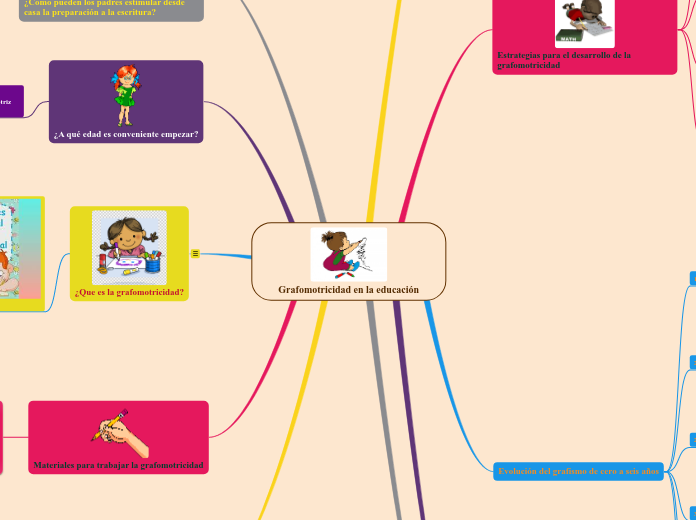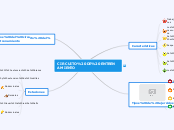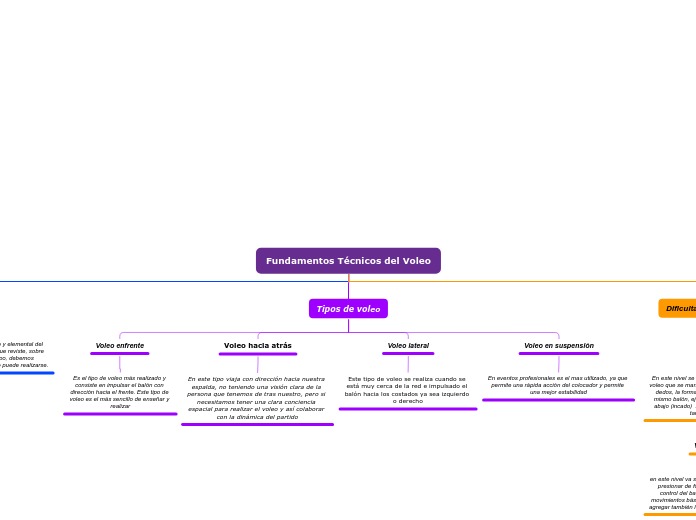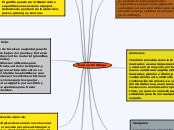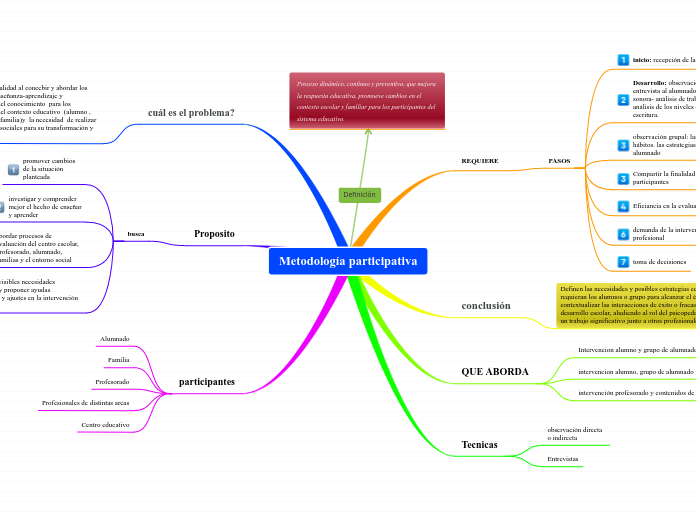Grafomotricidad en la educación
Type in the name of the book you have read.
PDF
Ejercicios de grafomotricidad
Educación infantil grafomotricidad
Colección de grafomotricidad
Materiales para trabajar la grafomotricidad
Type the main events of the book, classifying them in: events from the beginning, events from the middle, and events from the end of the book.
Describe the story visually. Add a representative picture for each of them.
Cuadernos de grafomotricidad
Event from the middle of the book
Type the main events from the middle.
Add a representative picture for each of them.
¿Que es la grafomotricidad?
La grafomotricidad se refiere al movimiento gráfico realizado con la mano al escribir.
Grafo: escritura
Motriz: movimiento
In contrast to the main idea, the theme is the message, lesson or moral of the book.
Some tips to find out the theme of the book easier:
- Try to find it while you are reading. It may be stated or implied.
- Think about how the characters reacted to obstacles.
- Think about the important decisions that the characters made.
- Think about the characters growing or changing throughout the book.
Type in the theme
¿A qué edad es conveniente empezar?
el aprendizaje antes de los 6 años, no es aconsejable. Debemos respetar la normal madurez psico-fisio-motriz del niño
Take notes while you read the book. Write here your favorite quotes from the book.
¿Como pueden los padres estimular desde casa la preparación a la escritura?
Take notes while you read the book. Type here the resources, books, or websites that the author mentioned and you want to check out later.
Tener en cuenta sus intereses y necesidades
Ambiente acogedor, seguro y calido
Interactuando con el entorno
SWF
Juegos educativos conceptos básicos
Bibliografia
García. (1987). Educar para escribir. Madrid: G.Nuñez.
Calvet, L.J (2001). Historia de la escritura. Barcelona.Ed. Paidós.
Marchesi, A. Coll, C. (1991). Desarrollo Psicológico y Educación. Madrid. Alianza.
The main idea is what the book is mostly about.
Some tips to find out the main idea of a book easier:
- Read the title.
- Look for the text features.
- Figure out if you are reading a fiction or a non fiction book.
- Think about some examples that support this idea.
Evolución del grafismo de cero a seis años
Type the names of the book characters. Start with the main character.
Draw arrows to represent the relationship between them and if it is possible write on them what they represent for each other (if they are relatives, friends, lovers, enemies etc.)
Entre los 4 y 6 años
Según la madurez
Según el grado de madurez del pequeño podemos ver cómo unos no dibujan ni brazos ni manos, y a la cabeza tan sólo le pone los ojos, mientras que otros dibujan brazos, manos, nariz y dedos.
4 años
Preesquemática
La intencionalidad y el sentido de representación que tiene el dibujo toman presencia ya que el niño comienza a decir antes lo que va a dibujar.
3 años
Coordinación
Aparece la coordinación óculo-manual y entra en juego la percepción. El niño mira lo que dibuja y trata de controlar el movimiento de la mano. Empieza a no salirse del papel.
2 años y medio
Trazos independiente
Tiene un mayor control de la muñeca y del movimiento de pinza pudiendo realizar trazos independientes.
20 meses
Barridos
El niño no observa lo que hace. Más tarde el garabato se hace circular.
18 meses
Garabatos
A esta edad los niños son capaces de coger un objeto y realizar trazos en forma de garabatos.
What are the characteristics that best describe the character? Type them here.
Estrategias para el desarrollo de la grafomotricidad
What is the reason why the author wrote the book?
Actividades para el desarrollo y control de trazos curvos
Actividades para el desarrollo y control de trazos rectos.
Actividades para desarrollar la destreza de los dedos
Actividades para desarrollar la destreza de las manos
Sugerencias de ejercicios y recursos para favorecer la madurez para la grafomotricidad
Who is the author of the book? Type in his/her name.
Trazos
Primero se ha de utilizar el plano vertical (aire, pizarra, papel continuo en la pared), después horizontalmente (papel continuo, cartulinas, folios).
Técnicas plásticas
Se pueden realizar rasgado, cortado, arrugado, estampado
Materiales
Expresión plástica (tempera, pintura, plastilina)
